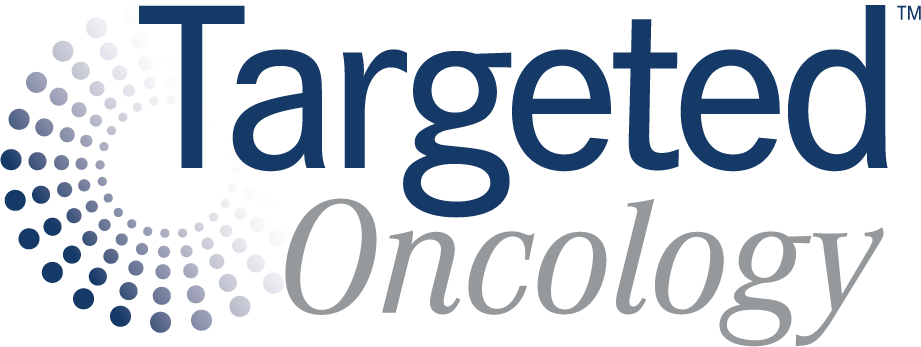The Value of Clinical Pharmacists in Community Oncology
Andrea Roman, PharmD, BCOP, US Oncology Network and McKesson, discussed the integration of clinical pharmacists into community oncology practices.
Andrea Roman, PharmD, BCOP

The integration of remote-based clinical pharmacists into community oncology practices is a cost-effective and clinically valuable strategy, according to a study published in the Journal of Oncology Pharmacy Practice.1
Incorporating clinical oncology pharmacists into multidisciplinary healthcare teams is not well-described in the community practice setting. As a result, US Oncology Network sought to evaluate the clinical and financial impact of a remote-based clinical oncology pharmacist in community oncology practice.
The results showed that over 12 months, pharmacists reviewed over 5700 orders, identifying intervention opportunities in nearly 60% of cases. These interventions were made up of a range of critical areas, including patient-centered interventions (36%), dose optimization (35%), and therapeutic interchange (30%).
Looking at the financial impact, pharmacist interventions led to a cumulative practice margin improvement of over $1.4 million and a remarkable reduction in total medication costs exceeding $5.9 million, translating to an average program return on investment of 415%.
Overall, this study shows that the integration of clinical pharmacists into community oncology practices is a highly effective strategy for enhancing patient care, improving practice efficiency, and achieving sustainable financial outcomes.
In an interview with Targeted OncologyTM, Andrea Roman, PharmD, BCOP, US Oncology Network and McKesson, discussed the integration of clinical pharmacists into community oncology practices.
Targeted Oncology: Can you discuss the rationale behind this research?
Roman: At The US Oncology Network, we realized that a lot of our practices did not have access or were not utilizing clinical pharmacists. Either they did not have access to them, or if they did have pharmacists on staff, they were often in a more operational role or administrative vs having some clinical reviews. I think in an ideal state, all oncology practices would have access to clinical oncology pharmacists to help them with clinical outcomes and collaboration.
The goals were to show the value that we could provide outside of just the operational role of pharmacists. So, what we could do clinically and also help providers with, improving their burnout rates by taking some of the workload off of them through policy developments, and also just prove the financial feasibility of the work.
What were the findings?
In 2023, we were servicing 12 different oncology practices. We found about 28,000 clinical reviews that we completed. And so, we were looking at cycle 1, day 1 chemotherapy prior to the patient getting treated. So, we were looking for things like therapeutic interchanges, dose rounding opportunities, and then any clinical interventions we could make. And we were able to intervene on 73% of those reviews. And a majority of those interventions were clinically significant deemed by the pharmacist that was doing the intervention. We were able to show that over 11,000 anticancer dose changes made over 700 supportive care recommendations that were made by the pharmacist and then over 400 additional monitoring recommendations for their medications.
What are the implications of these findings?
We were also able to show an improvement in provider burnout by saving them some hours. Through the work that we were doing, we were able to do them independently because we helped develop and implement some policies that were provider-approved at the practices that allowed us to do the work independently without having to ask them every time we wanted to make a change.
Over time, I think that like you build the trust clinically, and then you can add policies on top of the ones who already have therapeutic interchanges. So, things like carboplatin, dose changes, [zoledronic acid (Zometa)] for renal dosing, those types of things, are able to show the value. Then, over 800 hours of provider time saved over that year with those policies, and the financial feasibility of us. Pharmacists [are] not exactly cheap to have on staff, so it is hard to kind of justify why you should do it vs someone else. We showed over 500% return on investment. Over, I believe the 12 practices, the pharmacists cost about $1.4 million over the course of the year, and we were able to show a margin of over $9 million.
What are the main benefits for the patient side?
If you think about the clinical work that we are helping to optimize, a lot of the dose changes that we are making are going to be helping patients relieve some of the toxicity that they might experience if they got too high of a dose. We are helping those on the front end and hoping to prevent hospital admissions, dose reductions, or coming off therapy sooner than maybe they would if they are starting at the right dose from the start.
Also, [we are focused on reducing the cost of care]. A lot of times the cost of cancer [impacts patients significantly]. I think we will be able, hopefully in the future, to show those numbers and reduce the overall cost of care.
What are the next steps for this research? How can these kinds of changes be implemented?
We have already demonstrated a degree of financial feasibility, such as how we have impacted product selection and dose rounding. I think it would be valuable to analyze the cost avoidance resulting from our work. [We also strive] to minimize hospitalizations for patients.
[Furthermore, it would be beneficial] to look at oral chemotherapies. While our current focus has primarily been on intravenous therapies, with some limited exploration of oral chemotherapies, it [would be beneficial to look at as it] keeps exploding. Then, looking at subsequent cycle reviews. We are doing a little bit of that, but primarily our work is prior to treatment. It would be nice to check in on them through cycles and see how they are doing.








